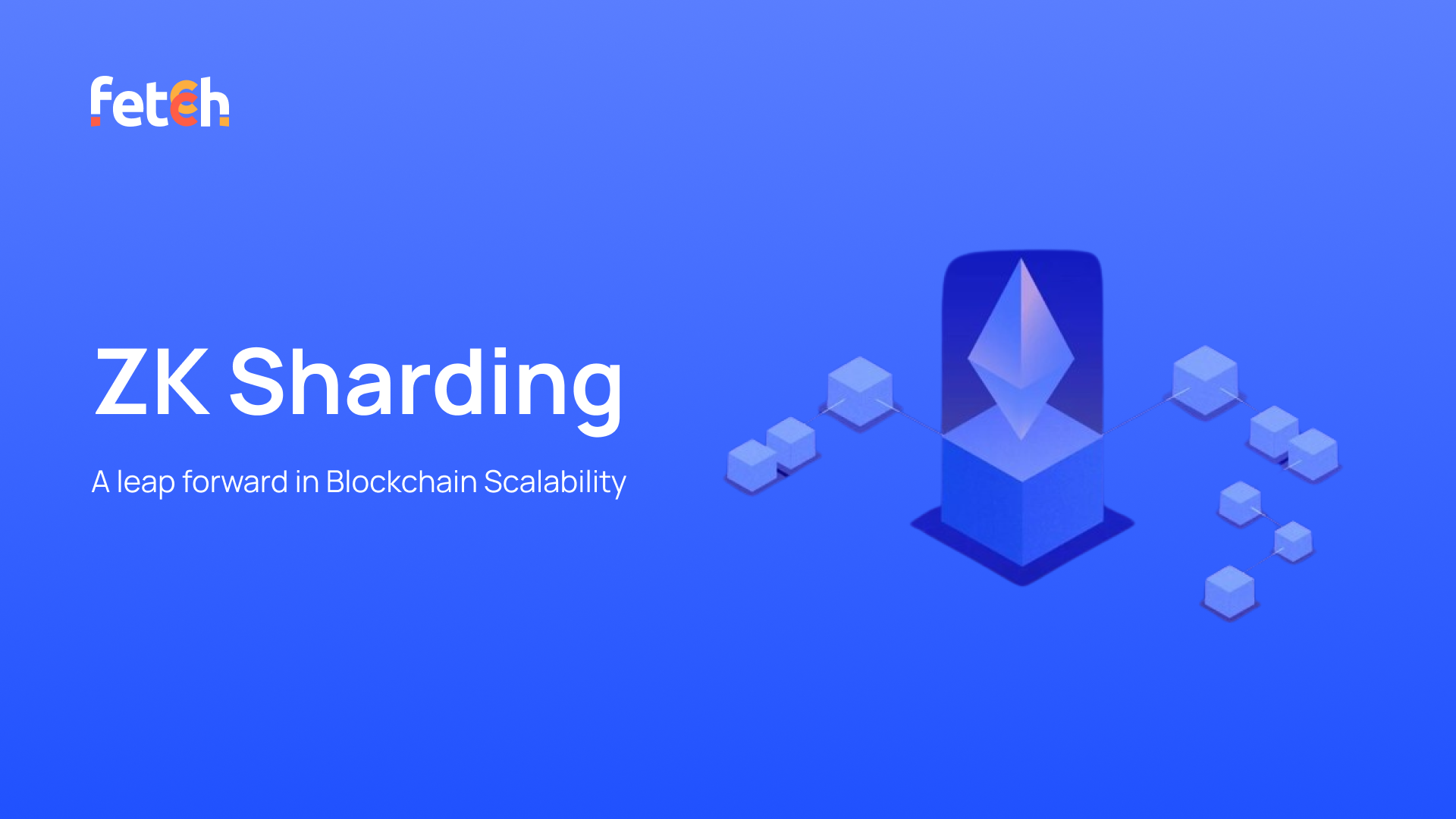
Blockchain technology has revolutionized the way we think about financial transactions and data security. However, as with any technology, it comes with its challenges, one of the most significant being scalability.
A collection of articles and papers from Fetcch.

Blockchain technology has revolutionized the way we think about financial transactions and data security. However, as with any technology, it comes with its challenges, one of the most significant being scalability.
Farcaster is a decentralized protocol that enables users to build and connect social apps on the web3. It gives users full control over their data and audience, and allows them to interact with different apps using a single identity.
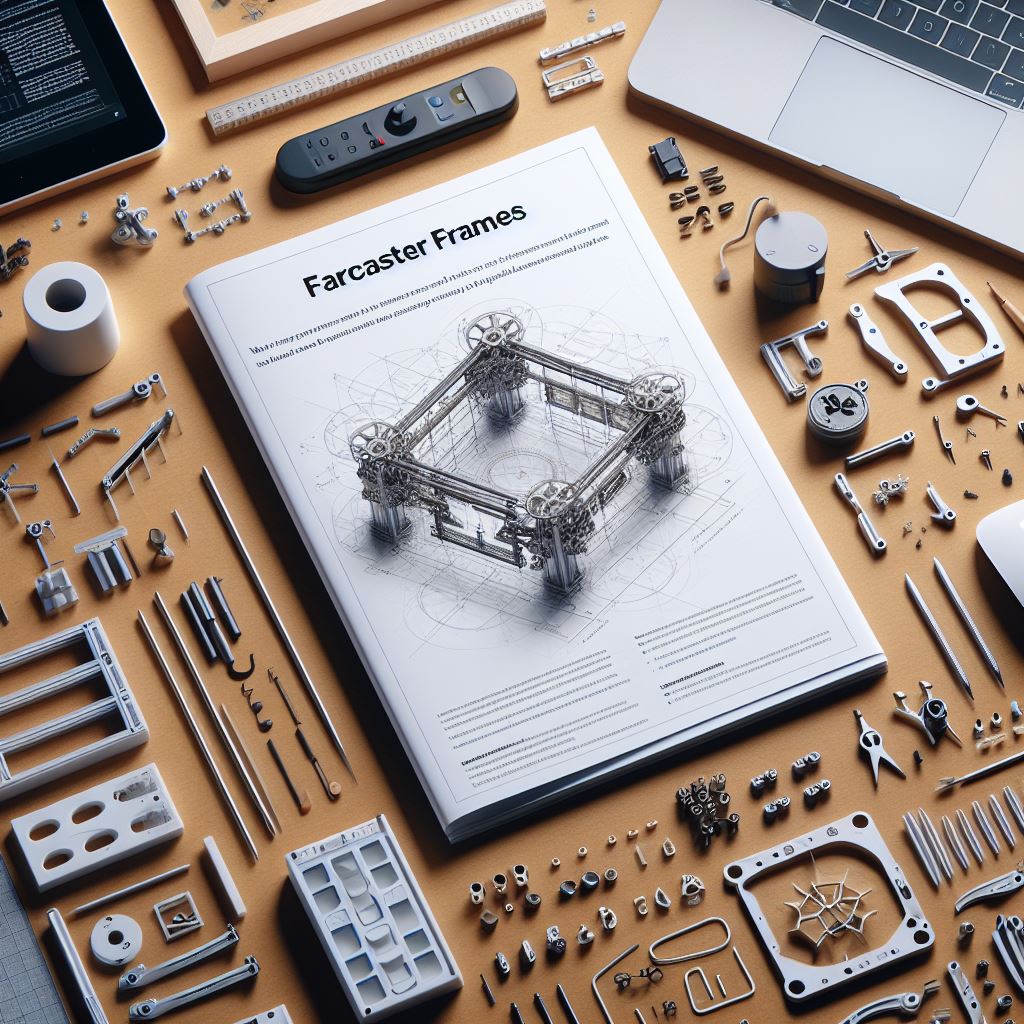
Discover Aptos' evolving DeFi landscape, exploring innovative developments and upcoming projects that redefine decentralized finance.
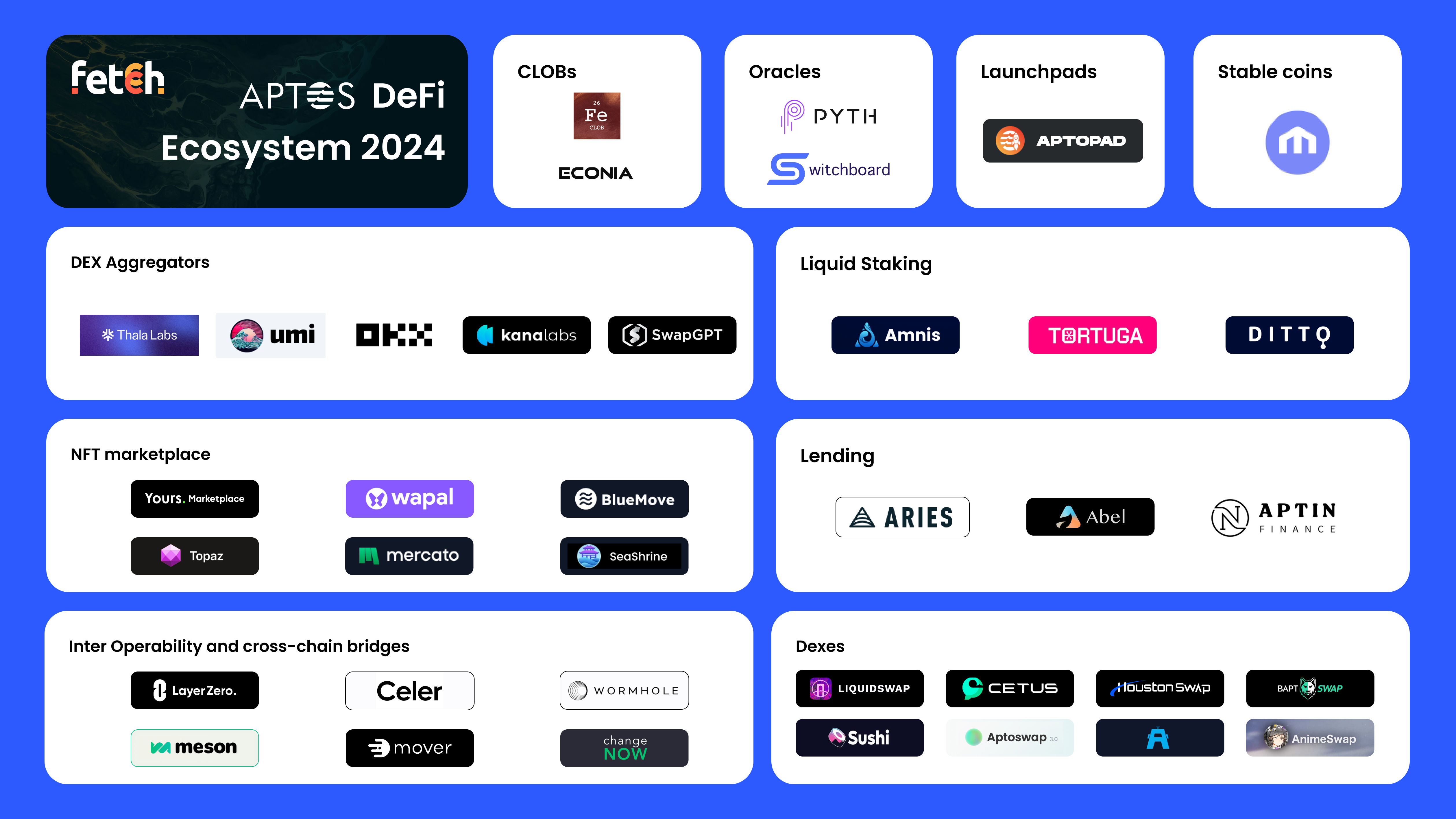

Reports Integration with 23+ wallets in the last 8 months; set to transform Web3 payments ecosystem
Aims to be the go-to web3 payments stack
tldr; most rollups don’t have a proving setup, those who have don’t have incentivizations figured out.
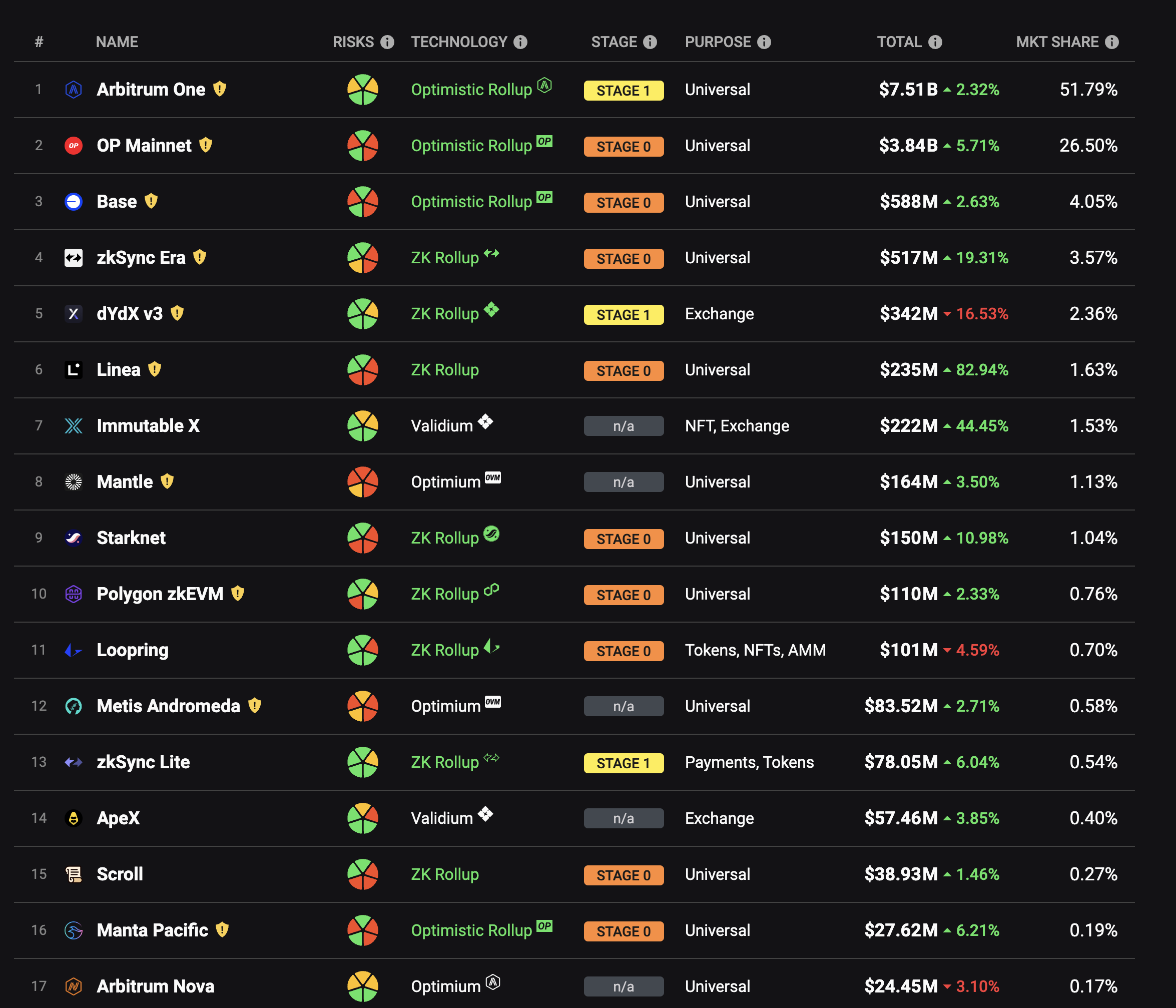
This article explores how RFQ-Based Decentralized Exchanges (DEXes) are changing the game on blockchains, going beyond traditional liquidity pools to have a profound impact on how people trade in the decentralized space.
The most common ways in which users trade in Decentralized Finance (DeFi) are on Decentralized Exchanges (DEXes) and DEX aggregators, which leverage automated market makers (AMMs) to source liquidity. But there are better ways; let's explore the RFQ.
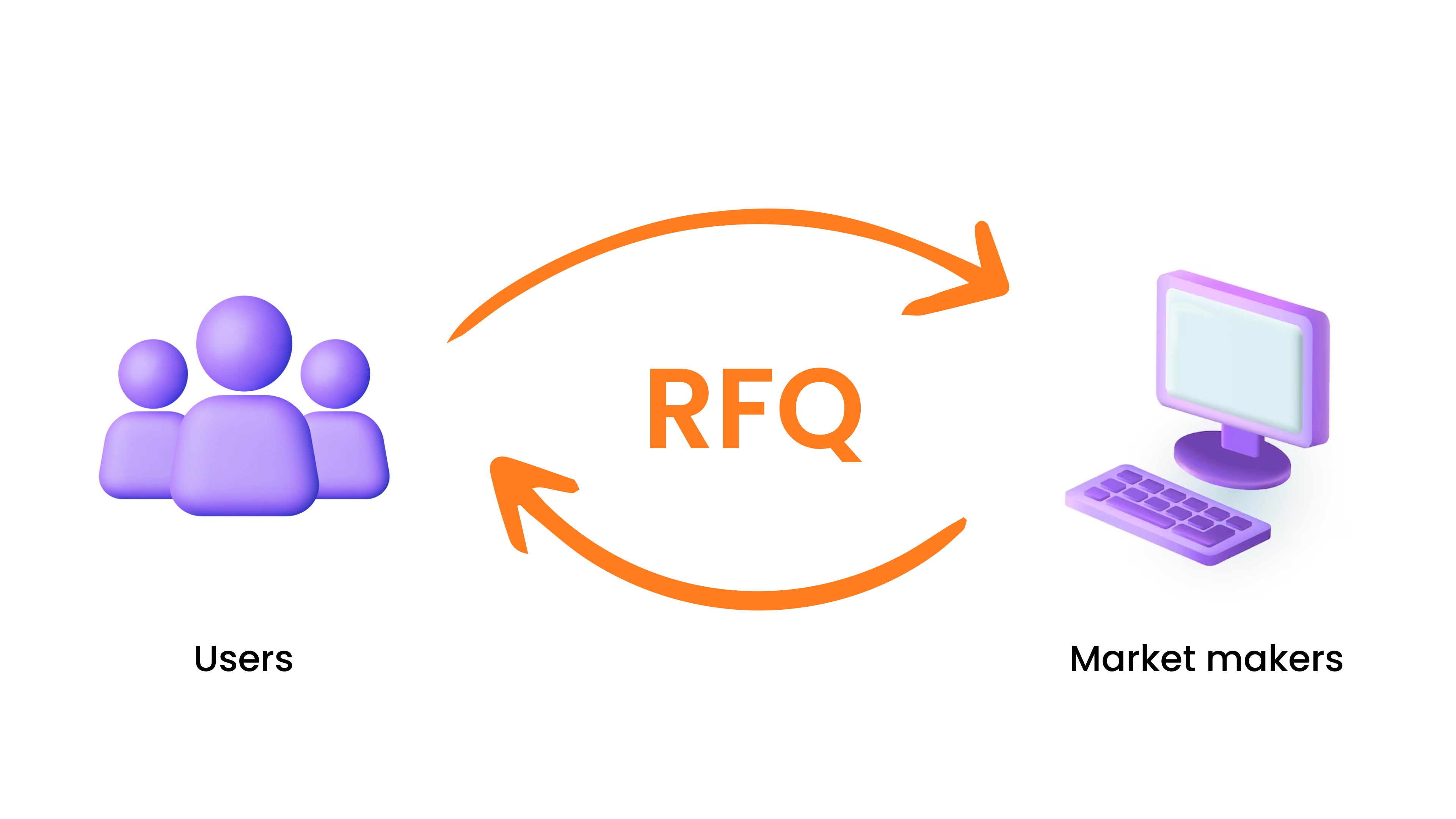
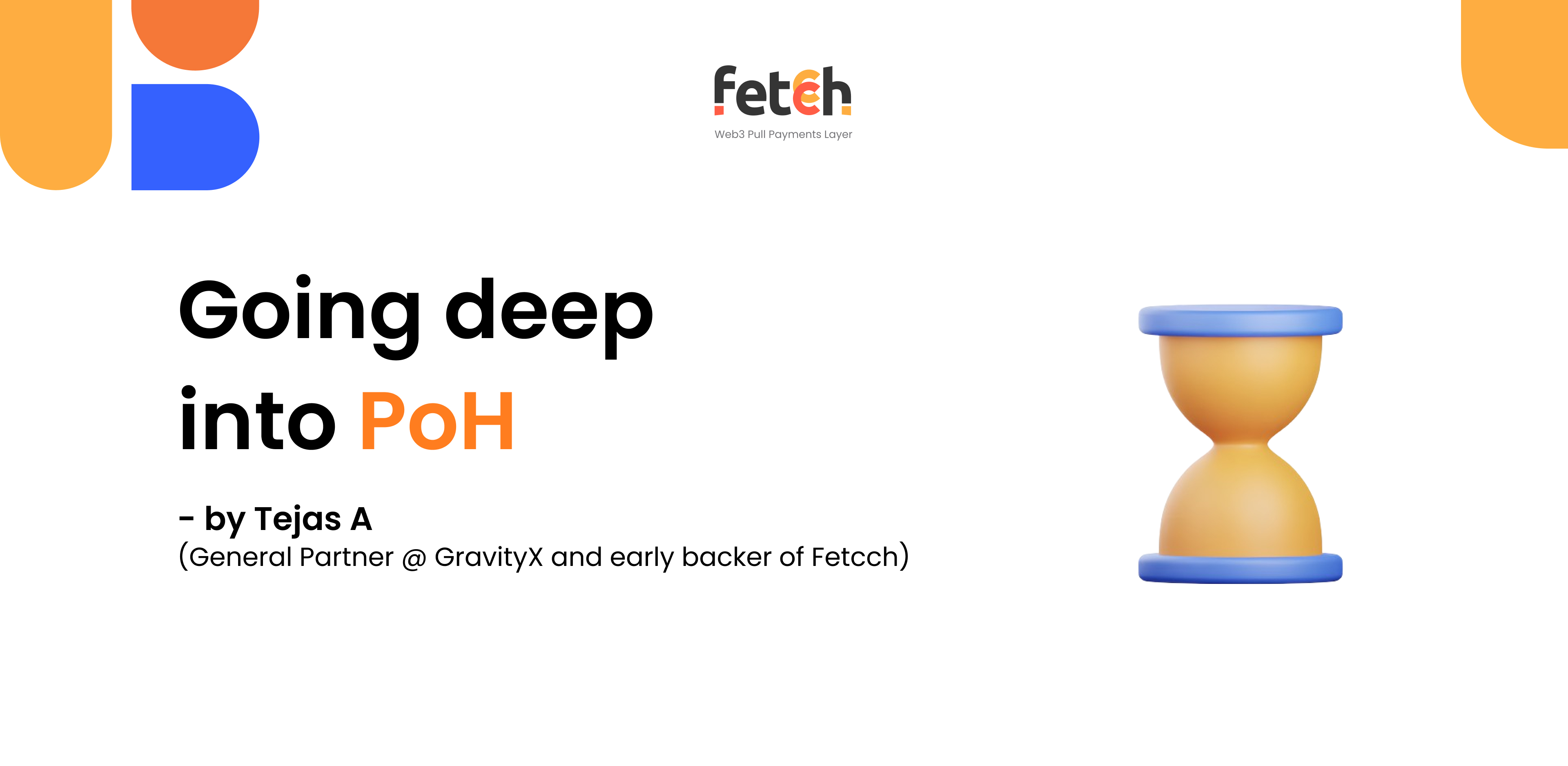 First of all, Proof-of-History is a way to achieve higher TPS, it's not a consensus mechanism to validate blocks.
First of all, Proof-of-History is a way to achieve higher TPS, it's not a consensus mechanism to validate blocks.
Solana is the talk of the town these days with a slew of stories, hence throwing some light on Solana's Proof of History and how it gets such a great throughput can be helpful. Solana uses Proof-of-stake for achieving the consensus while Proof-of-history is used to achieve higher TPS. Moreover, Solana has 8 major innovations at different levels of the protocol; it's prudent to write about each innovation in a separate post starting with the Proof of History Innovation here.
You can get away through any protocol conversation in crypto by saying "But its not composable bro" like you did when you just added zk to the bio or name of your project at the start of 2023 but like everything interesting but overhyped Composability is just known and there is a chasm of difference between knowing and understanding something.
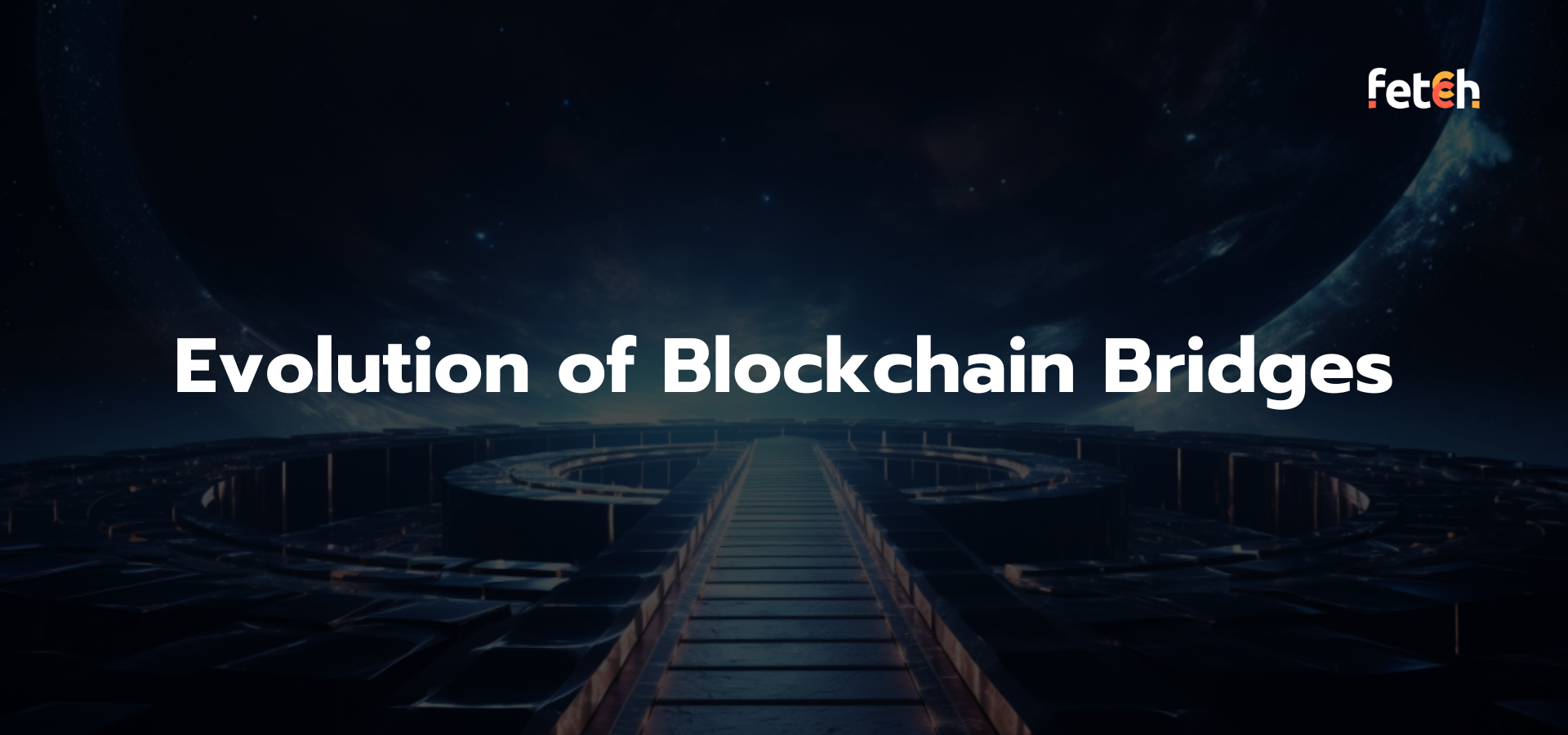
In the rapidly changing world of the Web3 ecosystem, a variety of blockchains and layer solutions have come up, each with its own way of ensuring security and trust. This multi-chain setup, driven by the ongoing challenge of scalability, is more than just a trend—it's a new reality that's here to stay.
However, as these different blockchains continue to grow, they face a common problem - they work in isolation, unable to talk to each other natively. This is where interoperability becomes important. At the heart of this interoperability are cross-chain bridges: smart systems that act as connectors. They help in the smooth transfer of different kinds of data – from assets and contract activations to proofs and state changes – across different blockchain networks. In this article, we will explore the details of these bridges, the complexities in their design, and what the future holds for them.
 This post is part #2 of my bridges journey where I take readers through asset security in. a cross chain world and how the tech behind these magical structures aka bridges works. Today we wil go down the rabbit hole of
This post is part #2 of my bridges journey where I take readers through asset security in. a cross chain world and how the tech behind these magical structures aka bridges works. Today we wil go down the rabbit hole of